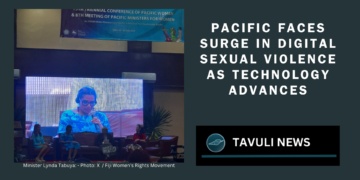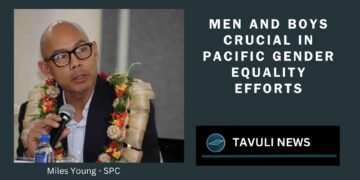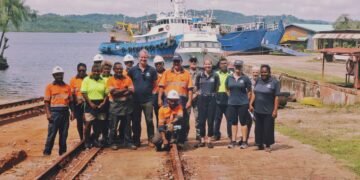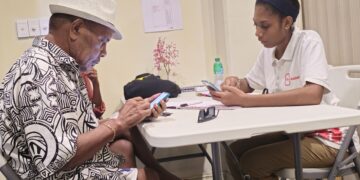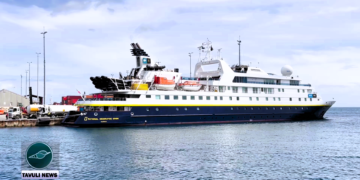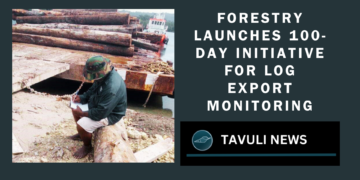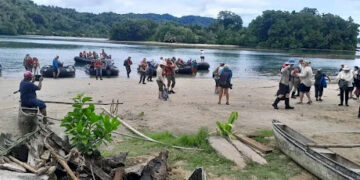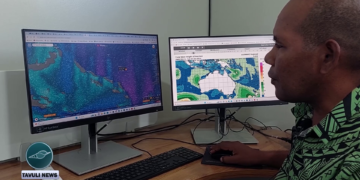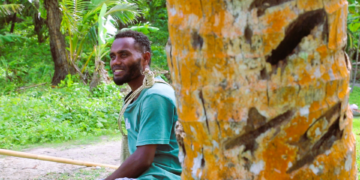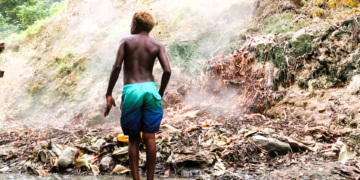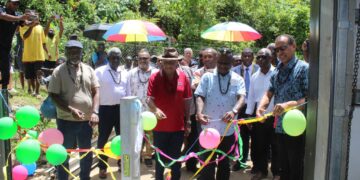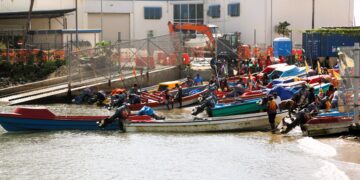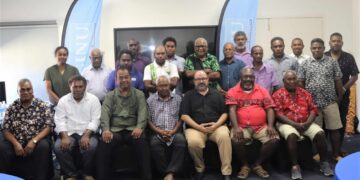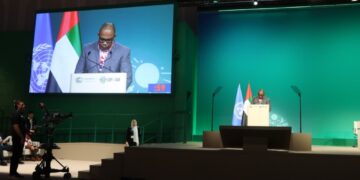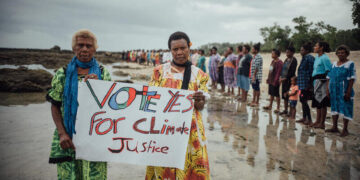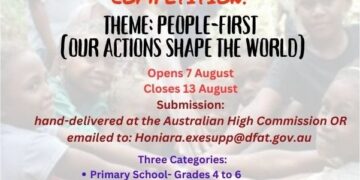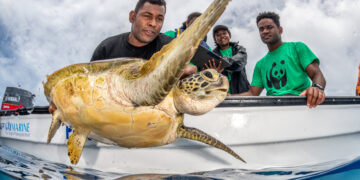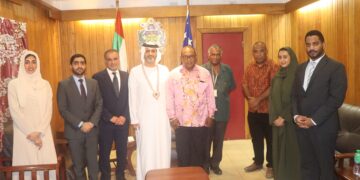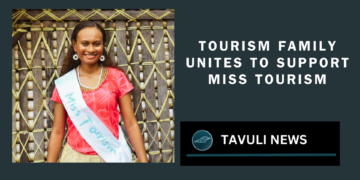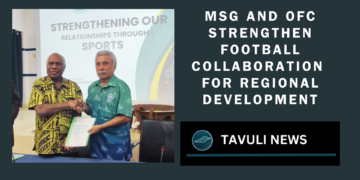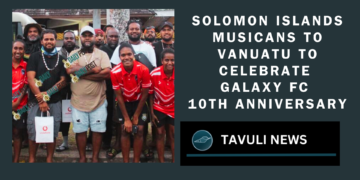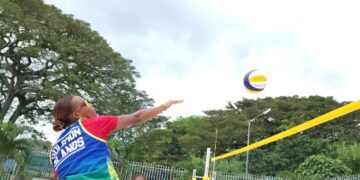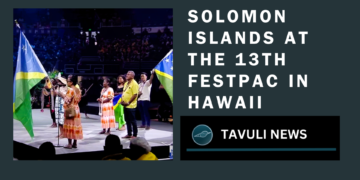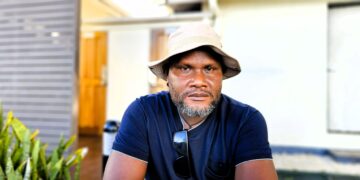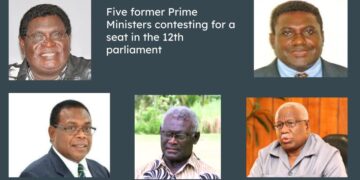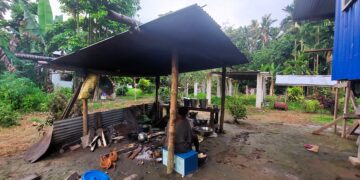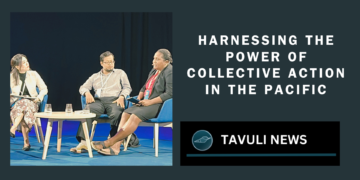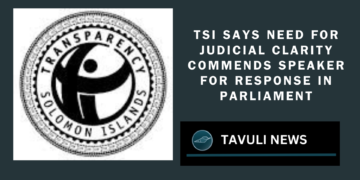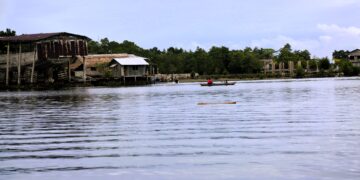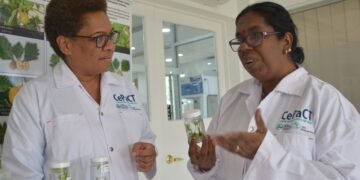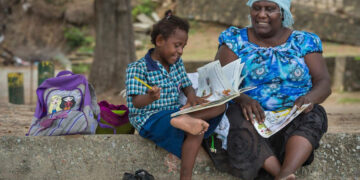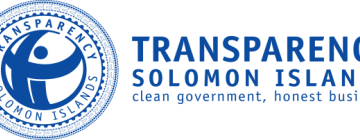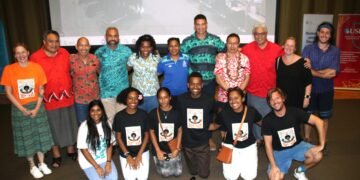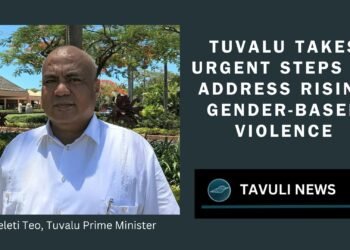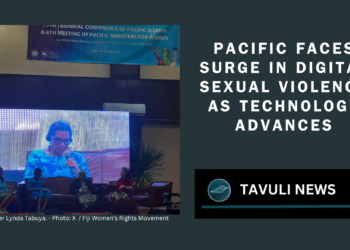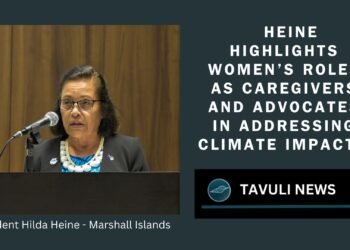Hawaii is hosting the 13th FestPAC from June 6-16 with the theme “Hoʻoulu Lāhui: Regenerating Oceania.”
By Tarcisius Kabutaulaka and Tammy Tabe
The Festival of Pacific Arts and Culture is the world’s largest celebration of indigenous Pacific Islanders. It occurs every four years, bringing together artists, cultural practitioners, scholars and officials from 28 countries, territories and cultural groups from across the Pacific.
Hawaii is hosting the 13th FestPAC from June 6-16 with the theme “Hoʻoulu Lāhui: Regenerating Oceania.” The Aloha State’s organizing team has been working tirelessly with the Secretariat of the Pacific Community to prepare a feast of performing and visual arts, tattooing, carvings, storytelling and other exchanges between Pacific Islanders.
This is the first time Hawaii will host a large gathering of people from across the Blue Pacific, from Rapanui in the east to New Guinea and Palau in the west, and Hawaii in the north to Aotearoa New Zealand and Australia in the south.
There will also be representatives from indigenous Taiwanese who first joined FestPAC in 2008 as a recognition of the Austronesian connection and Taiwan as the place where the ancestors of many Pacific Islanders set off from about 5,000 years ago.
The festival started in 1972 by what was then the South Pacific Commission, now the Pacific Community, to showcase the richness and diversity of Pacific Islands arts and cultures, halt the erosion of traditional practices and foster shared identities and unity across the Pacific.
More than 50 years on, FestPAC notes that it is “an important venue for the perpetuation of Pacific arts and cultures” and has developed into “a strong entity in which cultural sharing and learning from differences has enhanced our appreciation and knowledge of the region.” It also showcases new cultural practices that highlight the dynamism and resilience of island societies.
There will be a notable absence at this FestPAC. New Caledonia, the host of the next Festival, will not be attending because of a blockade of the island territory following violent protests over the French parliament’s approval of a constitutional amendment that would allow French citizens who are recent residents in New Caledonia to vote in local elections. Pro-independence leaders fear this would dilute indigenous Kanak votes and further marginalize them in their own land.
This is a reminder that while Pacific peoples gather to celebrate their arts, cultures and identities, colonialism is still prevalent with deep and lasting impacts. The Kanaks’ long struggle for independence reflects France’s insistence on holding on to its territories, which also includes French Polynesia and Wallis and Futuna.
The U.S. has its unincorporated territories of Guåhan/Guam and American Samoa. Guåhan is one of the most militarized islands in the region with nearly 30% controlled by the U.S. military. Colonialism enabled the U.S., France and Great Britain to test over 300 nuclear weapons in Oceania between 1946-1996, the legacies of which continue to have adverse impacts on Pacific peoples.
The violence and human rights abuses associated with West Papua’s struggles for independence from Indonesia has long been a concern to the region. Meanwhile Jakarta rolls out its Pacific Elevation strategy to strengthen relations with Pacific Islands and quell support for West Papuan independence.
It’s likely many of those attending this FestPACs are unaware of Hawaii’s history of colonialism and militarization; from the U.S. illegal overthrow of Hawaii’s monarchy in 1893, land alienations, the marginalization of Kanaka Maoli (indigenous Hawaiians) and the use of their islands to project U.S. military power.
Oahu, the island where FestPAC will be hosted, is home to the U.S. Indo-Pacific Command. Over 20% of the island is owned by the military. Hopefully, visitors from other Pacific islands will take a detour and explore beyond the glamor of Waikiki and learn about the ongoing struggles of Kanaka Maoli.
Arts is a powerful tool for creating awareness about the political, social and environmental predicaments of Pacific islands. Marshallese poet Kathy Jetnil-Kijiner, for example, used spoken word poetry to highlight the devastating impacts of climate change.
FestPAC should also be a venue and forum to discuss the appropriation and commodification of Pacific Islands arts and cultures by non-Pacific Islanders. For example, kava/awa/sakau and the cultural practices and the artifacts associated with it have been appropriated by foreigners primarily as a commodity for income generation.
Groups such as the American Kava Growers and Kali Kava in the U.S. intend to grow and sell kava/awa. While kava/awa/sakau is socially drunk in many Pacific islands and is an export commodity for some, it is also central to cultural ceremonies, especially in Vanuatu, Fiji, Samoa,Tonga and Pohnpei. There is a renaissance of awa culture in Hawaii.
Similarly, cultural artifacts such Papua New Guinea’s bilum bags, tattoo and tapa fabric designs, and mats have been copied and mass produced by foreigners. This is a discretion of Pacific islands arts and cultures that could potentially deprive Pacific peoples of sources of income. It highlights the importance of intellectual property rights and the protection of cultural creators and producers.
The Secretariat of the Pacific Community has discussed this issue with stakeholders, recognizing that “piracy, unauthorized use of designs and other intellectual property infringements are significant threats to both the livelihood of individual artists and to the creative industries sector as a whole.”
The intersections between arts and livelihood opportunities are important. Most Pacific Islander artists struggle to make a living off their craft. This is because of low demand, not being privy to the global arts market, or because they can not compete with foreigners who mass produce copycat artifacts and sell them cheaper.
If the arts and cultures were to contribute to sustainable livelihoods for Islanders, then cultural creators and producers must be protected and given fair prices for their crafts. Perhaps this is something development partners could work with Pacific Islanders on as a means for sustainable livelihoods.
As Pacific Islanders gather, showcase, celebrate and share their arts and cultures at the 13th FestPAC in Honolulu, this is also an opportunity to highlight the ongoing impacts of issues such as colonialism and militarism, and for visitors to learn more about the struggles of their Kanaka Maoli hosts.
This is also an opportunity to discuss how cultural creators and producers should be protected, and the role of arts and culture in the sustainable livelihood of Pacific peoples. Let us use arts and culture to protect Oceania.
The article first appeared in Community Voice from Honolulu Civil Beat in Hawaii. Tarcisius Kabutaulaka is an associate professor and former director of the Center for Pacific Islands Studies at the University of Hawaii at Manoa. He is from the Solomon Islands. Tammy Tabe is a research fellow at the East-West Center in Honolulu. Her work covers climate change adaptation, cultural anthropology, indigenous knowledge, ocean resources management and ecosystem-based adaptation, gender studies, identity and diaspora, and Pacific diplomacy. Tabe is also from the Solomon Islands.


